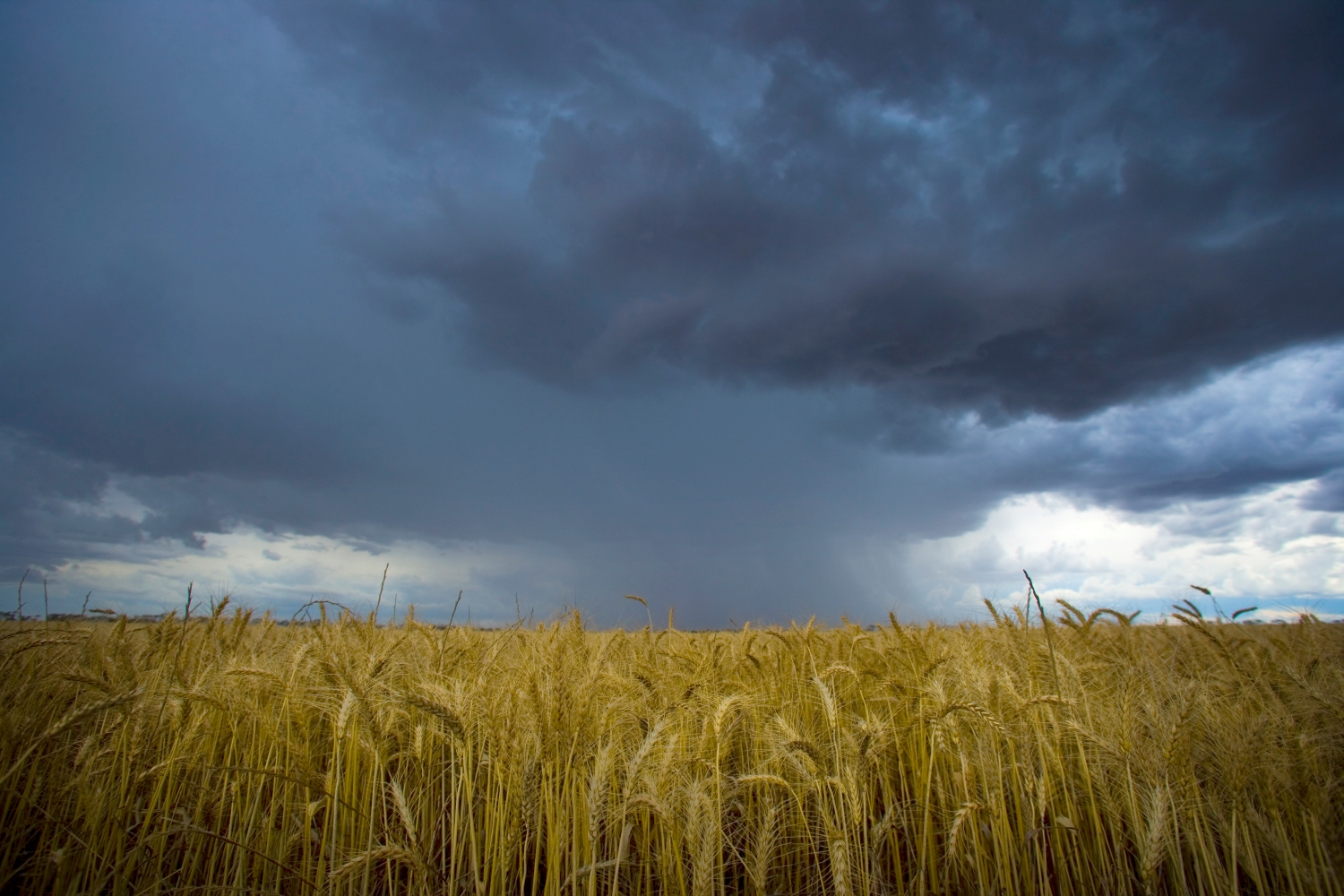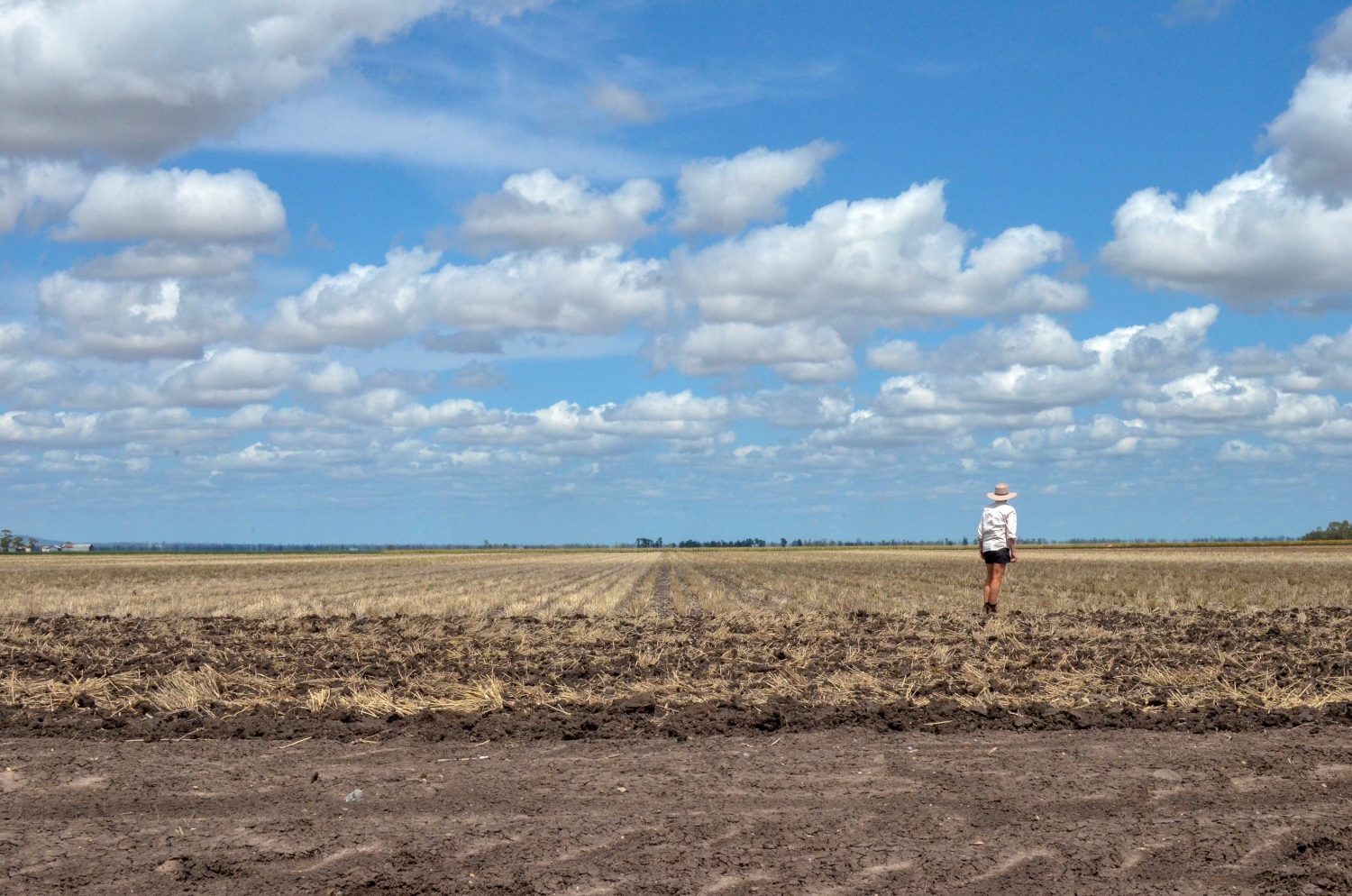
Australian grain growers will be able to better prepare for the onset of extreme climate events following the Bureau of Meteorology’s (BoM) release of two comprehensive new seasonal forecasting tools recently.
Minister for Agriculture and Northern Australia David Littleproud announced the new climate outlook tools saying they would offer agricultural producers access to regionally relevant information beyond the traditional seven-day forecast.
The tools have been developed through the $14 million industry-wide research project Forewarned is Forearmed (FWFA), led by Meat and Livestock Australia (MLA) and funded through the Australian Government Department of Agriculture, Water and the Environment’s Rural R&D for Profit program with co-investment from 14 project partners including the Grains Research and Development Corporation (GRDC).
It draws together the extensive knowledge, experience, skills and contact networks of all major Australian rural research and development corporations, key research organisations, farming systems groups and the BoM.
GRDC has had representatives from the three GRDC Regional Panels provide input to the development in recent years.
The project is set to deliver five new multi-week and seasonal forecast products relating to heat, cold and rainfall.
The first forecasting products have been released via the .
They are:
- A showing the likelihood of very cold/hot and very wet/dry conditions over a given period. These maps will show the likelihood of extreme rainfall and extreme maximum or minimum temperatures for the weeks, months and seasons ahead. ‘Extreme’ is defined as being amongst the driest, wettest, hottest or coldest 20 per cent of periods from the historical period (that is, being in deciles 1 and 2 – bottom 20 per cent; or deciles 9 and 10 – top 20 per cent).
- and maximum and minimum temperature. The ‘decile’ bar graphs indicates the potential shift in the probabilities for each outcome compared to what would normally be historically expected for the weeks, months and seasons ahead. for the coming weeks and months. The graphs also place the forecast in the context of what would usually be expected at that particular time and display recent observations.

The new BOM forecast products were discussed in a recent . Examples of the new BOM weather forecasting products and an explanation of the information they display and their interpretation can be found in the associated .
Industry reference panels, including a grains industry group comprising growers, advisors and GRDC representatives, have played a crucial role in the products’ development providing important feedback on user needs in terms of seasonal forecasting as well as the timing, nature and likely impact on farm decision-making.
Members of the industry reference groups have also provided extensive testing and feedback, in turn helping determine which products will eventually become operational and publicly available.
Work is on-going to select the final two forecasting products and it is anticipated that all five products will be available in a staged approach on the BoM’s public website in 2021/2022.
Why the need for seasonal forecasting?
Australian farmers and agribusiness operate in one of the most variable climates in the world, with extreme events and climate variability the largest drivers of fluctuations in annual agricultural income and production.
There are many ways growers can build resilience to the variable climate including improved varieties and agronomy, new means of monitoring crops and soils and having sound farm businesses; and multi-week and seasonal forecasts are a complementary part of the tool kit.
The Centre for International Economics (2014) estimated that the benefit to Australian agriculture from seasonal forecasting ranged from $958 million to nearly $1.9 billion per year, and that was without knowledge of extreme events included in the analysis.
Demand for improved seasonal forecasting tools has grown significantly in recent decades in the wake of improvements in technology and connectivity.
Seasonal forecasting is all about probabilities
Seasonal forecasting focusses on probabilities, risk and a ‘shift in the odds’ rather than generating a definitive prediction, according to BOM principal research scientist Dr Debbie Hudson.
“Seasonal climate forecasts are likely to slowly improve. Nevertheless, they are unlikely to approach the relative accuracy of short-term weather forecasts and so are best represented as a change in the odds for wetter or drier, rather than a categorical statement that it will be wet or dry,” she said.
“While multi-week and seasonal climate outlooks are commonplace, these services are focused on the middle of the distribution of possible outcomes; for example, forecasts of the chance of above median conditions,” Dr Hudson said.
“This does not provide any indication of the risk of extreme conditions, such as an extended period of extreme heat, or a decile 1 (bottom 10 per cent) rainfall season.”
“The purpose of the FWFA project is to extract more information from forecasts to assist growers in their business decision making and risk management; not just looking at chances of above and below median but also assessing the risk of extreme weather events such as intense rainfall, dry conditions, heatwaves or coldwaves.”

Using the forecast to improve decision making
Grain growers and their advisers are well aware that seasonal climate forecasts are far from perfect. Dr Peter Hayman, principal scientist in climate applications at the South Australian Research and Development Institute (SARDI) has been talking with grain growers about climate and risk since the mid-1990s.
He acknowledges that farmers are cautious about placing too much weight on seasonal forecasts and agrees that this is wise.
“The challenge is how to communicate and use forecasts that are ‘too good to ignore but not good enough to be sure’, he said.
“Experienced growers and advisers make most decisions with intuition and climate forecasts are used to nudge this intuition.
“This intuition can be complemented with simple analysis. The FWFA project has examined how the applied economic discipline of Decision Analysis could be used to apply probabilistic forecasts to decision making.”
One path forward is to use Rapid Climate Decision Analysis (RCDA), an Excel-based framework which investigates the economic sensitivity of a farming decision to a range of forecast outcomes – .
For example, growers can compare the outcomes across deciles of growing season rainfall of a higher risk and return choice, such as a higher nitrogen rate or a pulse crop, with a more conservative lower risk and return choice, such as a lower nitrogen rate or a cereal crop.
“The key feature is that rather than budgeting for a single outcome (often decile 5 or ‘average’) users are stepped through a process to provide information for three to five season types and presented with an interpolated graph that covers outcomes across all deciles,” Dr Hayman said.
“The mental switch is to compare the profit of two decisions across states of climate such as deciles of growing season rainfall with careful attention to where the lines cross over, if at all, and the relative size of the downside risk and the upside missed opportunity.
“Rather than a tool for routine decision-making, it’s more of a framework to encourage analytical thinking and discussion about possible risk management actions and outcomes.
“The probabilities generated by seasonal forecasts encourage risk management by helping growers to know which way to lean, not jump. They can help with adjustment of risk management, not the abandonment of it.”
GRDC Grower Relations Manager – North, Richard Holzknecht, agrees that the value of seasonal forecasting information lies in its practical use.
“Multi-week and seasonal forecasting tools like those generated through the FWFA project are extremely valuable if they provide the information growers need when they are making critical operational decisions,” Mr Holzknecht said.
“Engagement with the grains industry at every step in the project has been key to ensuring that these new forecasting tools are practical and useful for informing risk management decisions.
“The strength of the FWFA project is that it encompasses an end-to-end approach – it includes underpinning science, forecast development, engagement with users and the delivery and extension of a new service.
“The GRDC will continue to invest in improving in the awareness, skill and adoption of seasonal climate forecasting as it has potential to deliver dramatic benefits to the risk management and profitability of Australian agribusinesses.”
Chinchilla grower and FWFA grains industry reference panel Arthur Gearon believes the detail embedded in the new BoM seasonal forecasting products will equip growers with an additional layer of rigour when assessing farm and crop management decisions.
“To date, extreme seasonal events have been difficult to accurately foresee and as result, most management decisions have tended to be generic or reactive,” Mr Gearon said.
“The major benefit I see with these new tools is their inherent caveat of probability. It is a paradigm shift and a vote of confidence in primary producers’ capacity to better understand forecasting, statistics and probability in order to make more informed management decisions rather than being forced to base these often expensive decisions on overly simplified forecast interpretations.”




